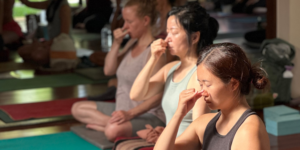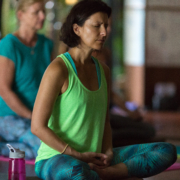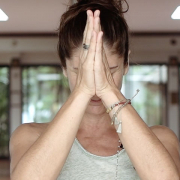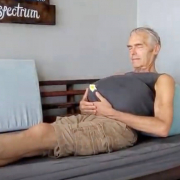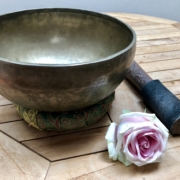 https://samahitaretreat.com/wp-content/uploads/2023/11/IMG_1290-2-scaled.jpg
1920
2560
Kirsten Mia
http://samahitaretreat.com/wp-content/uploads/2024/01/samahita-logo-v2.svg
Kirsten Mia2023-11-21 21:09:402023-11-21 21:09:40Music makes the world go round!
https://samahitaretreat.com/wp-content/uploads/2023/11/IMG_1290-2-scaled.jpg
1920
2560
Kirsten Mia
http://samahitaretreat.com/wp-content/uploads/2024/01/samahita-logo-v2.svg
Kirsten Mia2023-11-21 21:09:402023-11-21 21:09:40Music makes the world go round!Answering Nose Breathing FAQs
- Benefits of nose breathingThe nose is designed to filter, humidify, and regulate the temperature of the air entering your lungs. But most valuable is it regulates the force, speed and volume, allowing you to breathe as per need, reducing issues of over-breathing and hyperventilation. The movement of air around the nasal passage and sinuses means the inhaled air interacts with a greater surface area of endothelial tissue, with one benefit being a greater distribution of Nitric Oxide which supports the flow of blood.
- Why is it hard to breathe through my nose?Because the nose offers more resistance to the flow of breath than the wide open mouth. In that sense it is more refined. As noted, the surface area of the inner nose is quite large so incoming air swirls around a set of ridges (turbinates) and even passes into the mixture of sinuses. Quite phenomenal.
- Can you offer some help for breathing through the nose?The biggest factor is awareness. It takes time to build a habit. But if it is an “approach-oriented goal”, meaning an action or resolve you take on to do, then you can make it possible. I like to say “mouth open, lips closed.” This means a relaxed jaw-mouth structure where the lips touch, tongue is free, and the air flows in and out of the nose. Can you feel the lips touching? All the time? This is a powerful place to start. And may really be all that is needed. More discussion is needed on specifics people may be experiencing, like blocked nose, etc. You could even tape your mouth at points during the day to help with awareness. More on that below.
- Mouth breather vs nose breatherIs there a time for mouth breathing? Yes, most definitely as an emergency mechanism. When you run out of breath the first thing you might do is breathe in and out the mouth. On a practical level, as your physical exertion increases, such as picking up your running or biking pace, you may need to switch from breathing out your nose to breathing out your mouth. However, that is best done to match the metabolic process. What does that mean? You switch to mouth exhaling when it’s just too much to keep breathing out your nose, as opposed to starting off from step one mouth breathing.
- Mouth taping benefitsA bit yes and a bit no. If you discover you are a mouth breather then it may be quite a revelation when you first use during sleep. The tape used is light but can still cause a panic if you are not used to it or you wake up and need to gasp. Or maybe you have visuals of Neo in The Matrix suddenly finding he had no mouth!! See, it’s just all an illusion. Anyhow, back to reality, if you have really trained yourself with nose breathing int the day, as i have found, then the tape a night offers little to no benefit. So assess for yourself. Try it out for an hour while awake and see how it goes.

Paul Dallaghan’s expertise with breathwork, body and meditative practices comes from three sources: over 25 years of daily dedicated practice and teaching these techniques; immersion in the original culture through one-on-one direct training in practice and study of ancient texts; doctoral scientific research at a leading US university (Emory) on yoga and breath in terms of stress, health and aging. Paul occupies a unique space to impart genuine teaching and science on these practices, acknowledged by his teacher and lineage (Kuvalayananda) in India as a Teacher-of-teachers and a Master of Breath, identified to carry the tradition (Pranayama). This places him as the only master-level yoga and breath practitioner currently immersed in scientific academic research on breathwork, stress and health. His sincere and ongoing role is to teach, write and research to help put out experienced and authentic information on these areas in a world full of confusion and conflicting messages both off and online.
For more on his background see his bio.
More from the Samahita Blog
